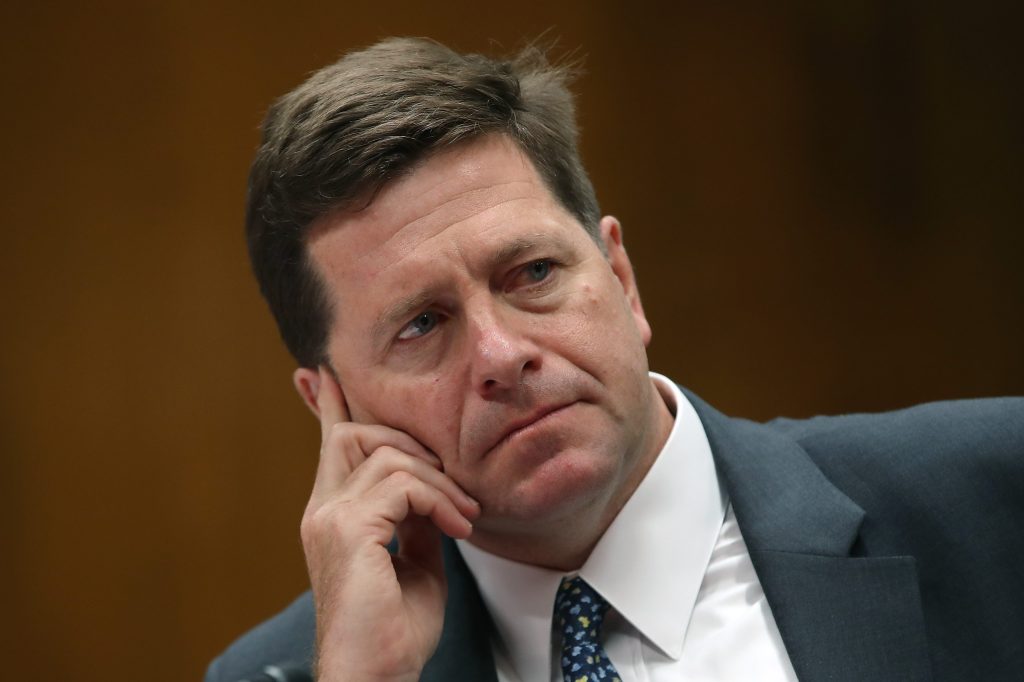US banking regulators have unveiled plans to impose even tighter capital rules on big banks, setting up a battle with the industry over whether such mandates will make US lenders less competitive.
The measures released on Thursday by the Federal Reserve, Federal Deposit Insurance Corp (FDIC) and the Office
Register for free to keep reading.
To continue reading this article and unlock full access to GRIP, register now. You’ll enjoy free access to all content until our subscription service launches in early 2026.
- Unlimited access to industry insights
- Stay on top of key rules and regulatory changes with our Rules Navigator
- Ad-free experience with no distractions
- Regular podcasts from trusted external experts
- Fresh compliance and regulatory content every day













